The lights go out. Your phone shows 42% battery. The refrigerator falls silent. And you have no idea when power will return.
With 1 in 4 American households experiencing a power outage last year and weather-related blackouts doubling over the past decade, a 72-hour outage isn’t just possible—it’s increasingly probable.
This guide provides exactly what you need: specific quantities, critical timelines, and life-saving safety rules. No vague suggestions, just actionable steps that make the difference between discomfort and danger during those critical first three days.
Why 3 Days Is Your Critical Survival Window
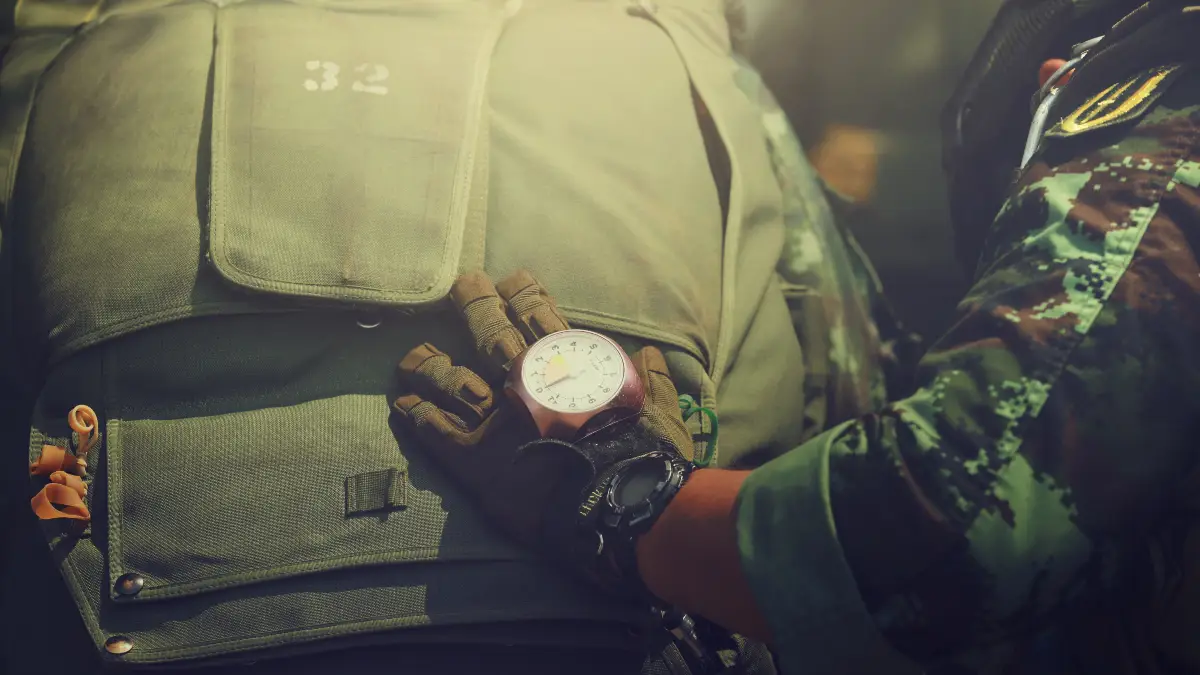
In emergency preparedness, 72 hours isn’t just an arbitrary timeframe—it’s the standard recommended by FEMA for a reason.
This three-day window represents the most common scenario families face during extended power outages, when help may be delayed but infrastructure isn’t permanently damaged.
Recent data paints a concerning picture. While the national average outage duration is 5.6 hours, a staggering 70% of affected households experience outages lasting 6+ hours.
More concerning, major weather events regularly create multi-day power losses for millions of Americans. The frequency of these events is accelerating dramatically.
Between 2000-2023, the U.S. experienced 1,755 major weather-related outages. What’s alarming is the rate of increase—weather-related outages have doubled in the last decade (2014-2023) compared to 2000-2009.
Climate scientists attribute this to increasingly volatile weather patterns affecting aging grid infrastructure.
These outages follow predictable patterns, 58% result from severe weather events (thunderstorms, high winds), 23% from winter weather (ice storms, blizzards), and 14% from hurricanes.
The 2024 hurricane season demonstrated this vulnerability dramatically, with Hurricanes Helene, Milton, and Beryl knocking out power to millions—some communities waiting weeks for restoration.
Three days of preparation strikes the perfect balance between practical readiness and excessive prepping.
It covers the vast majority of real-world scenarios families encounter while remaining achievable for most households without overwhelming resources or space requirements.
The 72-Hour Essential Supplies Checklist
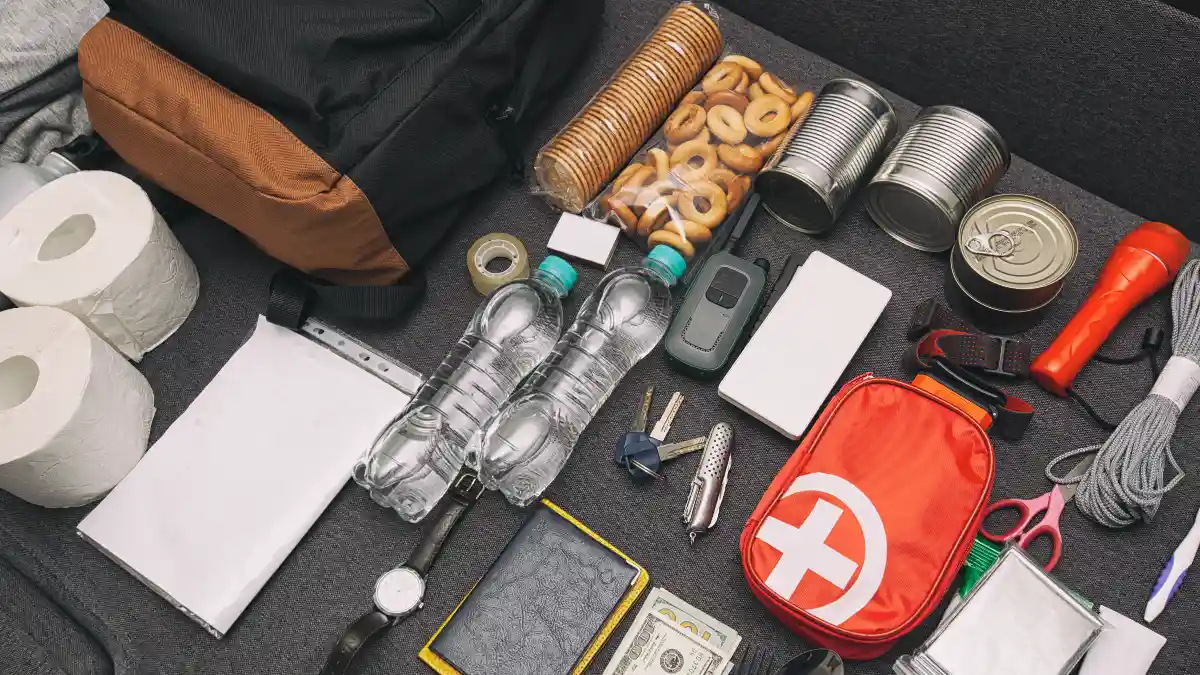
Surviving three days without power requires specific quantities of critical supplies organized by category. Here’s exactly what you need:
Water (Most Critical)
- Quantity: 1 gallon per person per day minimum (3 gallons total for 3 days)
- Storage: FDA-approved food-grade containers, replaced every 6 months
- Purification options: Boiling (rolling boil for 1 minute), unscented household bleach (8 drops of 6% per gallon, 16 drops for cloudy water), or purification tablets (Aquatabs, Potable Aqua)
Food (Non-Perishable)
- 3-day supply per person
- Specific categories:
- Canned proteins (tuna, chicken, beans) – 5-6 servings per person
- Grains (crackers, cereal, rice)
- Canned fruits/vegetables (no refrigeration needed)
- Shelf-stable milk or plant alternatives
- Manual can opener (essential and often forgotten)
- Paper plates and disposable utensils (conserves water)
Power & Lighting
- Flashlights for every household member (never candles – fire hazard)
- LED lanterns (Goal Zero Lighthouse 600 or UST 60-Day DURO recommended for runtime)
- Extra batteries in original packaging (prevents drainage)
- Portable power station options:
- Budget: $299 Jackery Explorer 300 Plus (288Wh)
- Standard: $599-799 EcoFlow Delta 2 (1024Wh)
- Premium: $1,400+ for larger capacity backup solutions
Communication
- Battery-powered or hand-crank NOAA weather radio
- Portable phone chargers (fully charged before outage)
- Car chargers with USB ports (vehicle becomes backup charging station)
Safety Equipment
- Carbon monoxide detectors with battery backup on every level of your home
- Fire extinguisher (accessible location)
- First aid kit (check expiration dates)
- Thermometers: refrigerator/freezer appliance thermometers plus meat thermometer
Sanitation
- 5-gallon bucket with toilet seat lid (emergency toilet)
- Heavy-duty garbage bags (liner for bucket toilet)
- Cat litter or sawdust (odor control)
- Baby wipes and hand sanitizer (personal hygiene when water limited)
- Personal hygiene supplies (toothbrushes, feminine products)
Complete power station setups range from $200-500 for minimal needs (phones, lights), $500-1,200 for mid-range solutions (small appliances, medical devices), and $2,500-4,000 for comprehensive household backup.
The 2025 market offers dramatically improved battery life and capacity compared to older models, with most using LiFePO4 chemistry rated for 3,000+ charge cycles.
Your Hour-by-Hour Action Timeline

Success during a power outage requires not just having supplies, but knowing exactly what to do and when. This timeline breaks down critical actions by phase:
First Hour: Immediate Response
- Keep refrigerator and freezer doors closed (refrigerator stays cold ~4 hours, full freezer ~48 hours, half-full freezer ~24 hours)
- Unplug sensitive electronics and appliances (prevents surge damage when power returns)
- Leave one light switch on (signals when power is restored)
- Locate flashlights and emergency supplies
- Check in with vulnerable neighbors
- Sign up for utility company alerts via text message
- Fill bathtubs with water (creates backup supply for flushing toilets)
Hours 1-24: Day One Strategy
- Monitor refrigerator and freezer temperatures with an appliance thermometer
- Use fresh perishable foods first (dairy, meat, leftovers)
- Minimize refrigerator openings (each opening reduces cold retention time by 30+ minutes)
- Establish charging rotation for essential devices (medical equipment priority)
- Set clear communication schedule with family members
- If winter: Layer clothing and gather family in smallest room to conserve body heat
- If summer: Relocate to coolest part of house (usually basement) and take cool showers
- Monitor vulnerable household members for signs of hypothermia or heat illness
Hours 25-48: Day Two Adjustments
- Critical food safety checkpoint: Discard any perishable food above 40°F for 2+ hours
- Transfer still-cold items from refrigerator to freezer (if freezer maintaining temperature)
- Begin using non-perishable food supplies systematically
- Implement strict power conservation (reduce screen brightness, close background apps)
- Check on vulnerable household members more frequently as outage extends
- If using generator: Maintain 20-foot distance from any windows/doors, refuel only when cooled
Hours 49-72: Day Three & Beyond Planning
- Prepare for possibility of extended outage (beyond 72 hours)
- Contact utility company for restoration timeline
- Identify community resources (cooling/warming centers, charging stations)
- Establish clear evacuation triggers:
- House temperature too extreme (below 50°F or above 90°F)
- Medical equipment failing
- Water or food supplies running low
- Begin rotating to backup water supplies
- Conduct mental health check: Maintain routines, especially for children and elderly
Temperature thresholds are critical decision points: food safety requires keeping perishables below 40°F, hypothermia risk begins when home temperature drops below 60°F, and body temperature below 95°F requires immediate medical attention.
Critical Safety Rules That Could Save Your Life

During power outages, certain dangers increase dramatically. These non-negotiable safety rules prevent the most common—and deadliest—risks:
Carbon Monoxide Prevention (85 Deaths Annually from Generators)
- NEVER use generators indoors, in garages, basements, or within 20 feet of windows/doors (new 2025 federal recommendation: 25 feet minimum)
- NEVER use gas stoves, charcoal grills, or camping stoves for indoor heating
- Install battery-powered CO detectors with battery backup on every level of your home
- Know carbon monoxide poisoning symptoms: headache, dizziness, weakness, nausea, confusion
- Be aware of risks: After Hurricane Ida, 105 homes had CO intrusion, with 12 reporting symptomatic residents
Food Safety Temperature Rules
- Danger zone: 40-140°F (bacteria multiply rapidly in this range)
- Discard any perishable food above 40°F for 2+ hours
- Use an appliance thermometer for verification—never guess
- “When in doubt, throw it out” (4.9 million households lost food in 2023 outages)
Generator Specific Safety
- Keep generator dry to prevent electrocution risk
- Use only heavy-duty extension cords rated for outdoor use
- Let generator cool completely before refueling
- Never connect directly to home wiring without proper transfer switch installation
- Look for 2025 models with automatic CO shut-off features (certified to PGMA G300-2018 and UL 2201 standards reduce deaths by 87-100%)
Winter-Specific Dangers
- Hypothermia risk begins when home temperature drops below 60°F
- Body temperature below 95°F requires immediate medical attention
- Watch for stopped shivering—this is actually a critical warning sign, not improvement
- Remember the 2021 Texas crisis: 246 deaths, many from hypothermia in homes
Summer-Specific Dangers
- Heat stroke can cause death within 10-15 minutes when body temperature reaches 106°F+
- Fans become ineffective above 90°F ambient temperature (can actually increase heat stress)
- Seek community cooling centers if home becomes too hot
- Monitor vulnerable populations closely (elderly, young children, pregnant women)
The 2021 Texas power crisis demonstrates these dangers aren’t theoretical—extended outages in extreme weather resulted in hundreds of preventable deaths, primarily from carbon monoxide poisoning and hypothermia.
Winter vs. Summer: Seasonal Survival Strategies

Power outages create dramatically different challenges depending on the season. These strategies address both scenarios:
Winter Outage Survival
Staying Warm Without Power:
- Layer clothing (multiple light layers trap more heat than one heavy layer)
- Wear hats, gloves, and shoes/slippers indoors (significant body heat escapes through head and extremities)
- Close off unused rooms and gather family in smallest space with fewest windows
- Use painter’s plastic and duct tape over windows for additional insulation
- Deploy emergency blankets, sleeping bags, and winter coats
- Consider safe heating alternatives: properly vented fireplace or portable kerosene heater (following manufacturer guidelines and local regulations)
Preventing Frozen Pipes:
- Keep faucets running at slow drip
- Open cabinet doors under sinks to allow warmer air circulation
- Know the scale: 673,000 households experienced frozen pipes during 2023 outages
When to Evacuate:
- Home temperature drops below 50°F for extended period
- Anyone shows signs of hypothermia
- Elderly or infants present with inadequate heating options
Summer Outage Survival
Staying Cool Without AC:
- Relocate to basement or lowest level (naturally 10-15°F cooler)
- Take cool showers or baths regularly to reduce core temperature
- Wear lightweight, breathable cotton or moisture-wicking fabrics
- Use battery-powered fans when temperatures below 90°F
- Cover windows facing sun with drapes or reflective material
- Increase hydration: 1+ gallons per person per day during heat
- Monitor urine color (light yellow indicates adequate hydration)
Food Spoilage Concerns:
- Higher ambient temperatures dramatically accelerate spoilage rates
- Food becomes unsafe after just 4 hours in refrigerator without power during warm weather
- Transfer to coolers with ice immediately when refrigerator temperature rises
- Consider dry ice if available (25 pounds keeps a 10 cubic foot freezer cold for 3-4 days)
- Never touch dry ice directly—use heavy gloves for handling
Heat Illness Warning Signs:
- Heat exhaustion: heavy sweating, weakness, cold/pale/clammy skin, nausea, fainting
- Heat stroke: body temperature 106°F+, no sweating, red/hot skin, confusion, unconsciousness (call 911 immediately)
Community Resources:
- Locate cooling centers by calling 2-1-1
- Utilize public libraries, shopping malls during operating hours
- Stay until home temperature returns to safe levels
Regional patterns show significant variation: Florida experiences 19.1 hours average outage duration (highest nationally), while Alaska averages 3.5 interruptions per customer annually (most frequent).
Special Considerations for Vulnerable Populations
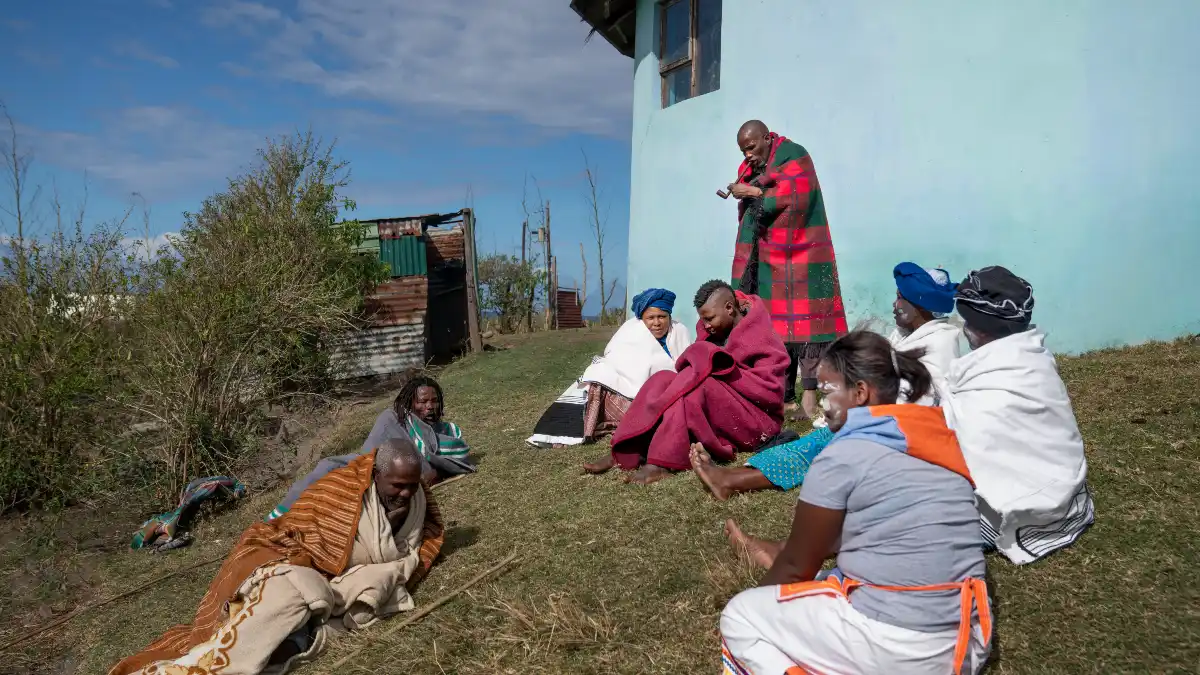
Standard outage strategies require significant modification for vulnerable household members:
Elderly Individuals
- Reduced ability to sense temperature changes (may not feel dangerously cold/hot)
- Significantly more susceptible to hypothermia and heat stroke
- Higher medication needs (often requiring refrigeration)
- Limited mobility complicates evacuation
- Action items:
- Create regular check-in network with neighbors/family
- Pre-register with utility company for priority restoration
- Maintain minimum 7-day medication supply
- Warning: A 2025 Kentucky incident resulted in two elderly women dying from hypothermia during a multi-day outage after being found alone in their homes
Families with Young Children
- Infants can’t regulate body temperature effectively
- Special feeding needs create additional challenges
- Formula safety guidelines:
- Use ready-to-feed formula when possible (no mixing needed)
- Discard if stored above 41°F for 2+ hours
- Open bottles must be used within 2 hours
- Breast milk guidelines:
- Safe to use if ice crystals still visible in freezer
- Previously frozen milk may be kept at room temperature for up to 4 hours
- Baby food considerations:
- Unopened jars require no refrigeration
- Opened jars must stay at/below 41°F
- Safety rules:
- Use flashlights only (NEVER candles with children present)
- Prepare non-electric entertainment (board games, books, coloring)
- Maintain normal routines to reduce anxiety
Medical Equipment Users (14.5 Million Households)
- Register with utility company for priority restoration BEFORE emergency
- Calculate precise power needs for all critical devices
- Backup options by device type:
- Oxygen concentrators (300-600W): Keep stand-alone oxygen tanks (24-48 hour backup)
- Ventilators (50-300W): Have hand-held resuscitation bag and external batteries
- CPAP machines: Battery packs and car adapters provide 1-3 nights of operation
- Power wheelchairs: Plan for 6-8 hour charging window when power available
Medication Storage Concerns
- Insulin critical guidelines:
- Unopened insulin must stay refrigerated (36-46°F)
- Opened insulin can remain at room temperature below 80°F for 28 days
- Above 86°F, insulin loses potency rapidly
- Frozen insulin must be discarded (protein structure changes)
- 705,000 households experienced medicine spoilage in 2023
- Alternative cooling solutions:
- Medical-grade portable refrigerators (battery-powered)
- Evaporative cooling pouches (FRIO)
- Coolers with ice and thermometer monitoring
- Keep manufacturer phone numbers:
- Lilly 1-800-545-5979
- Sanofi 1-800-633-1610
- Novo Nordisk 1-800-727-6500
Evacuation Decision Points
- Define specific triggers before emergency occurs:
- Battery capacity below 20% on critical medical devices
- Home temperature too extreme for vulnerable members
- Supplies depleted below 24-hour reserve
- Pre-identify suitable destinations:
- Medical shelters
- Hospitals with emergency power
- Friends/family with generators
- Don’t wait until crisis point—evacuate early when vulnerable members involved
The risk is substantial: 31.6% of households with medical devices experienced outages in 2023, creating life-threatening situations for thousands.
Modern Power Backup Solutions for 2025
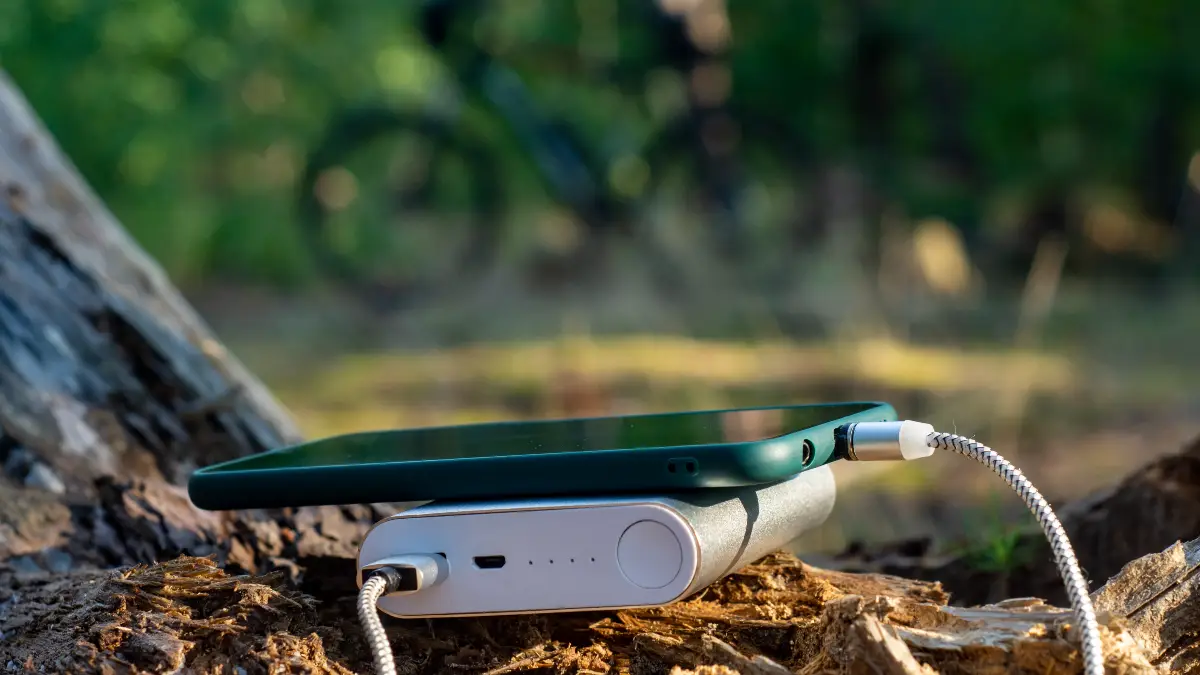
Power backup technology has advanced dramatically, offering reliable options at multiple price points:
Portable Power Stations (Indoor-Safe, Silent)
Best for Most Households:
- EcoFlow Delta 2: $599-799 (1024Wh, 1800W output, 88% efficiency, charges in 1hr 15min)
- Anker C1000: $899-999 (1056Wh, 1800W output, 90% efficiency, excellent solar compatibility)
- Jackery Explorer 1000 Plus: $800-999 (1264Wh, 2000W output, easiest interface for non-technical users)
Budget Option:
- Oupes Mega 1: $499-649 (1024Wh, 2000W, 92% efficiency, best value at $0.67 per usable watt hour)
- Jackery Explorer 300 Plus: $299 (288Wh, perfect for phones/lights/laptop charging)
Whole-Home Backup:
- EcoFlow Delta Pro 3: $3,000+ (4000Wh expandable to 48kWh, 97% efficiency, can power refrigerator for 51+ hours)
Capacity Requirements Based on Needs:
- Phones/lights only: 200-500Wh
- Phones, laptop, refrigerator: 1,000-1,500Wh
- Standard household: 2,000-3,000Wh
- Essential appliances: 4,000+ Wh
2025 Technology Innovations:
- LiFePO4 batteries now standard (3,000-6,000 cycles vs. 500 previously)
- Ultra-fast charging (under 1 hour for many models)
- UPS functionality (10ms switchover for medical equipment)
- App integration for remote monitoring and management
- Expandable/modular designs (add capacity as needs increase)
Solar Panel Options
- Jackery SolarSaga 100W: $200-300 (best overall, 8 lbs, single-fold design)
- Luvknit 100W: $100-150 (best value, performs nearly identical to premium brands)
- Real-world output: Expect 40-60% of rated capacity depending on weather conditions
Traditional Generators
- Champion 4,750W Dual-Fuel: ~$600 (good for 3-4 critical circuits)
- Honda EU2200i: $1,100-1,300 (ultra-quiet, excellent reliability)
- MUST use outdoors 20-25 feet from house
- Unlimited runtime with fuel supply
- Drawbacks: Louder operation, maintenance requirements, carbon monoxide risk
Complete Setup Costs
- Minimal (apartment): $600-800
- Standard family: $1,200-2,000
- Comprehensive: $2,500-4,000
- Whole-home: $6,000-15,000+
A standard refrigerator consumes approximately 1,500Wh per day, while phone charging requires only 5Wh per charge. Understanding your essential needs helps right-size your solution.
What to Do When Power Returns
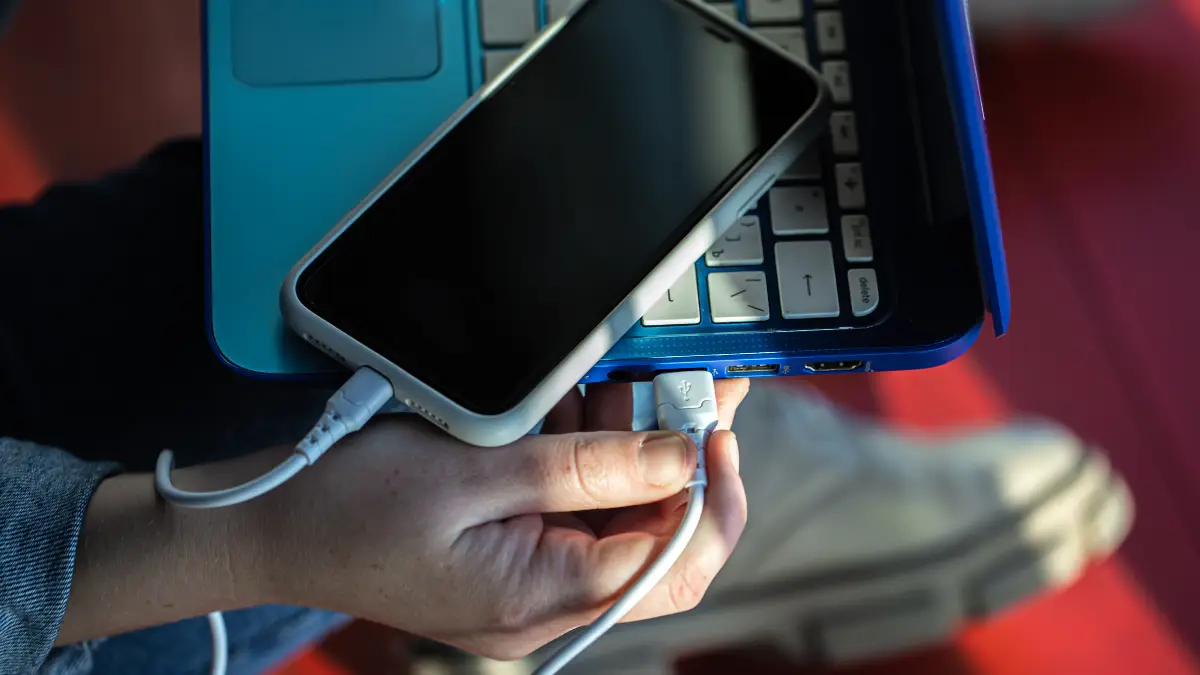
The restoration phase requires careful attention to prevent secondary problems:
Food Safety Check
- Use appliance thermometer to verify temperatures immediately
- Refrigerator guidelines: If temperature stayed at/below 40°F, food remains safe
- Freezer guidelines: If temperature at/below 40°F or food contains ice crystals, safe to refreeze
- Discard any perishable food above 40°F for 2+ hours
- When in doubt, throw it out (unusual odor, color, or texture indicates spoilage)
- Focus on high-risk items first: meat, poultry, fish, eggs, dairy, leftovers, cut fruits/vegetables
Medication Assessment
- Discard refrigerated medications exposed to improper temperatures for 24+ hours (unless label specifies otherwise)
- Contact pharmacist or manufacturer for specific guidance on questionable medications
- Many insurance providers offer “lost medication override” for replacements after documented power outages
- Seek immediate replacement prescriptions for critical medications
Electrical System Protection
- Keep major appliances unplugged initially
- Turn them on one at a time over 30-60 minutes (prevents overload when everything powers up simultaneously)
- Watch for circuit breaker trips during restoration process
- Check outlets for unusual warmth or burning smell
- Contact electrician immediately if any electrical concerns arise
Equipment Maintenance
- Recharge all portable power stations and devices immediately
- Replace used supplies (batteries, ice, food)
- Document what worked well and what didn’t during the outage
- Update your emergency plan based on lessons learned
- Begin rotating stored water and food according to expiration schedules
Restocking
- Replace any food that spoiled during the outage
- Replenish all used emergency supplies promptly
- Check expiration dates on remaining supplies and rotate as needed
Proper post-outage procedures prevent secondary problems and ensure readiness for future events.


